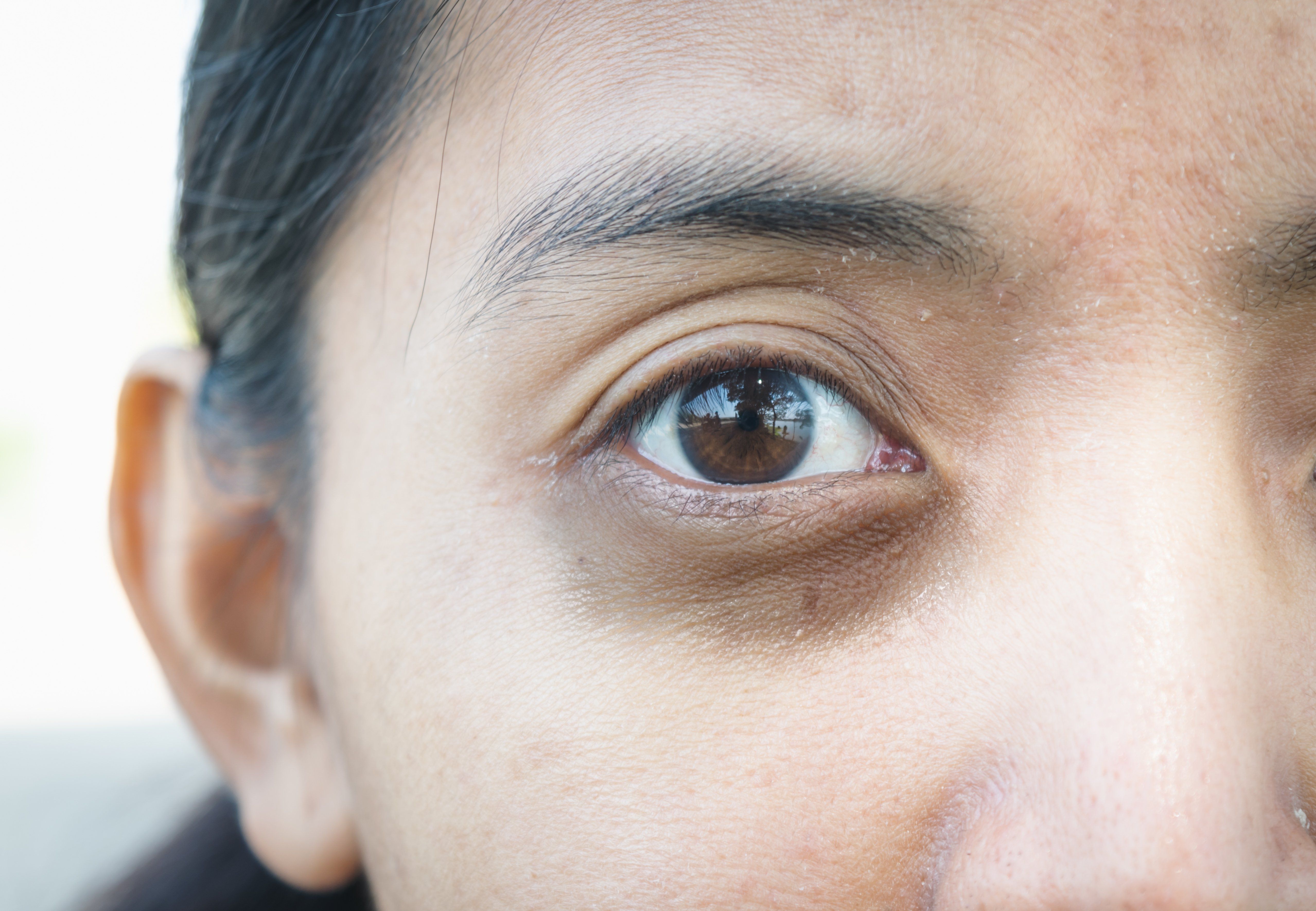- Acne
- Actinic Keratosis
- Aesthetics
- Alopecia
- Atopic Dermatitis
- Buy-and-Bill
- COVID-19
- Case-Based Roundtable
- Chronic Hand Eczema
- Drug Watch
- Eczema
- General Dermatology
- Hidradenitis Suppurativa
- Melasma
- NP and PA
- Pediatric Dermatology
- Pigmentary Disorders
- Practice Management
- Precision Medicine and Biologics
- Prurigo Nodularis
- Psoriasis
- Psoriatic Arthritis
- Rare Disease
- Rosacea
- Skin Cancer
- Vitiligo
- Wound Care
Article
3 Treatments for periorbital dark circles
Author(s):
Researchers compare carboxy therapy, chemical peel and vitamin C mesotherapy for treatment of periorbital dark circles.
Researchers compare carboxy therapy, chemical peel and vitamin C mesotherapy for treatment of periorbital dark circles. (phatpc - stock.adobe.com)

Researchers comparing carboxy therapy, chemical peel and vitamin C mesotherapy for treatment of periorbital dark circles found all three effectively reduced the pigmentation, but mesotherapy had a slight edge in outcomes and patient satisfaction, according to a study published February 2019 in the Journal of Cosmetic Dermatology.
Researchers studied 45 female patients with periorbital hyperpigmentation at an outpatient dermatology clinic in Cairo, Egypt. They grouped patients (15 in each group) according to the treatment they received, with group A receiving carboxy therapy; group B receiving a lactic acid 15% combined with trichloroacetic acid 3.75% chemical peel; and group C vitamin C mesotherapy.
Carboxy therapy involved intradermal and subcutaneous injection of CO2 in the upper and lower eyelids once weekly for five weeks. Group B’s chemical peel treatment caused controlled damage followed by regeneration of the skin tissues. In group C, researchers treated 15 patients with mesotherapy, extracting vitamin C from an ampule including ascorbic acid, aqua/water and disodium EDTA. They injected about 10 mL intra-epidermally into both lower eyelids, repeating the mesotherapy treatment five times at one-week intervals, according to the study.
They found no statistically significant differences among treatments in degree of improvement or patient satisfaction post treatment. But according to a published study table, there were slight differences in results. For example, three patients in the carboxy group reported no improvement and zero reported excellent satisfaction, while only one of 45 patients in the mesotherapy group reported no improvement and five reported excellent satisfaction. Patients in the mesotherapy group were also most likely to report an excellent overall improvement from treatment.
Treatment complications were similar in the three groups. Patients in the carboxy therapy group were more likely to report pain, edema and hematoma. Patients who received chemical peel therapy for dark circles reported minimal side effects, including itching, erythema and dryness. And patients in the mesotherapy group more frequently complained of a burning sensation.
Newsletter
Like what you’re reading? Subscribe to Dermatology Times for weekly updates on therapies, innovations, and real-world practice tips.














